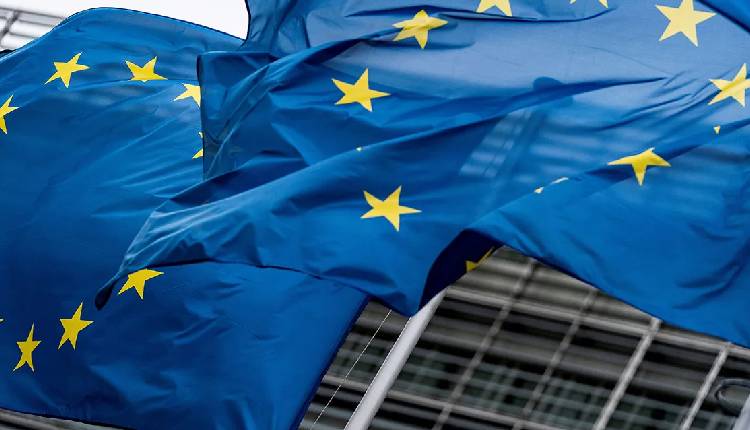The trade surplus of the eurozone experienced a significant increase year-on-year in February, driven by a substantial decrease in imports, particularly of energy and raw materials, according to data from Eurostat, the European Union’s statistics office.
The unadjusted external trade surplus of the 20 euro-using countries rose to 23.6 billion euros in February, up from 3.6 billion a year earlier, as imports saw an 8.4 per cent year-on-year decrease while exports increased slightly by 0.3 per cent.
In February, the European Union as a whole experienced an 18.2 per cent year-on-year drop in energy imports, resulting in a trade deficit in energy of just 28.2 billion euros, compared to 35.4 billion in February 2023.
The trade deficit in raw materials also saw a significant reduction, more than halving to 1.5 billion euros from 3.3 billion a year earlier.
Meanwhile, the trade surplus of machinery and vehicles saw a substantial increase, jumping to 24.6 billion from 18.1 billion 12 months earlier.
The EU’s trade surplus with its largest trading partner, the United States, increased to 15 billion euros in February from 13 billion a year earlier, while its surplus with the second largest, China, decreased to 20.5 billion euros from 22.5 billion.
When adjusted for seasonal variations, the trade surplus in the euro zone was 17.9 billion euros.


